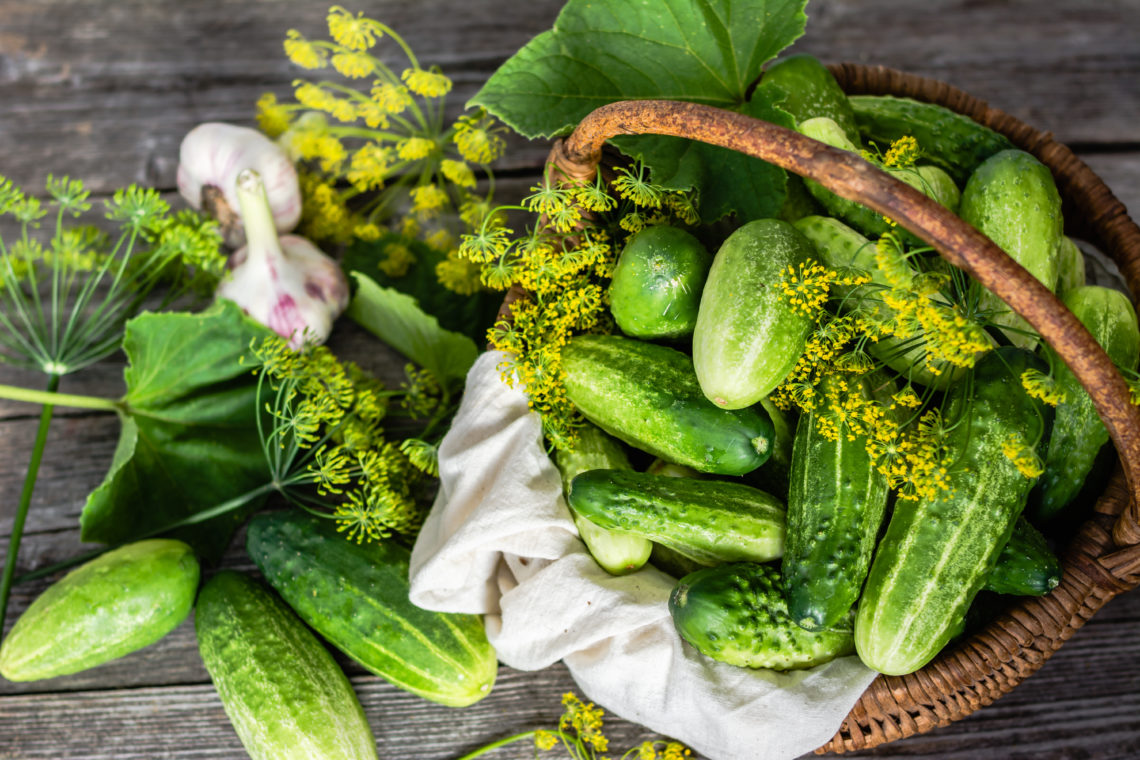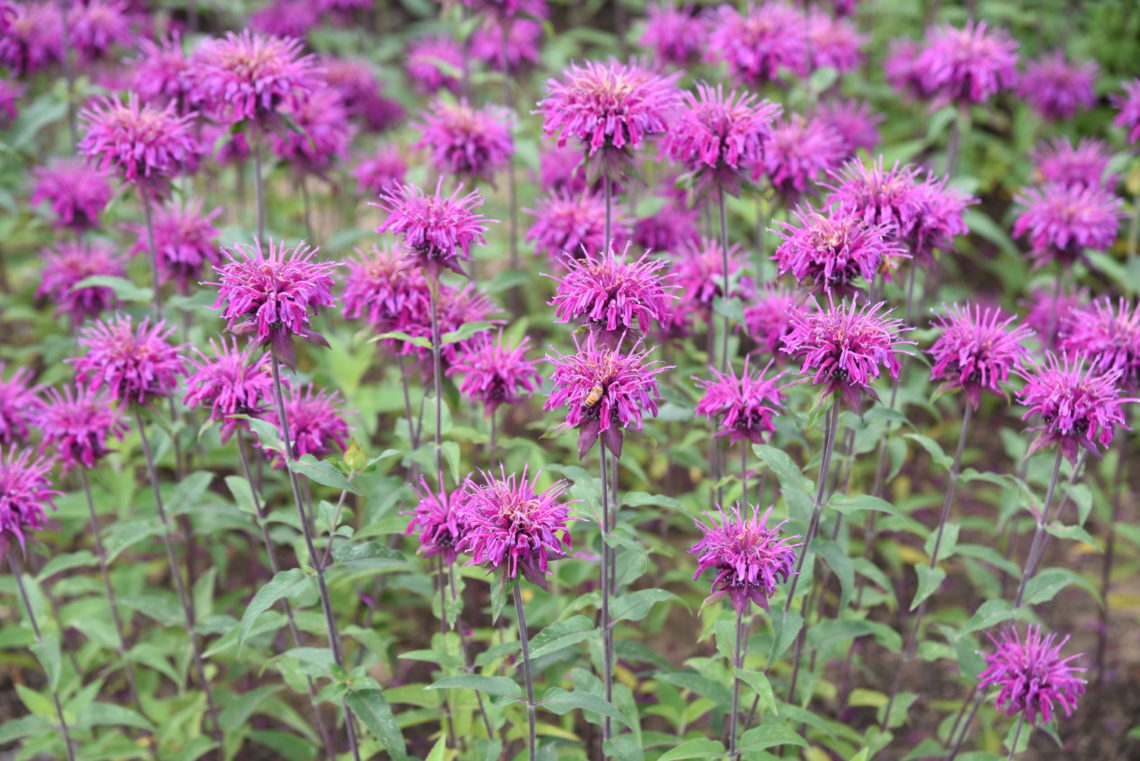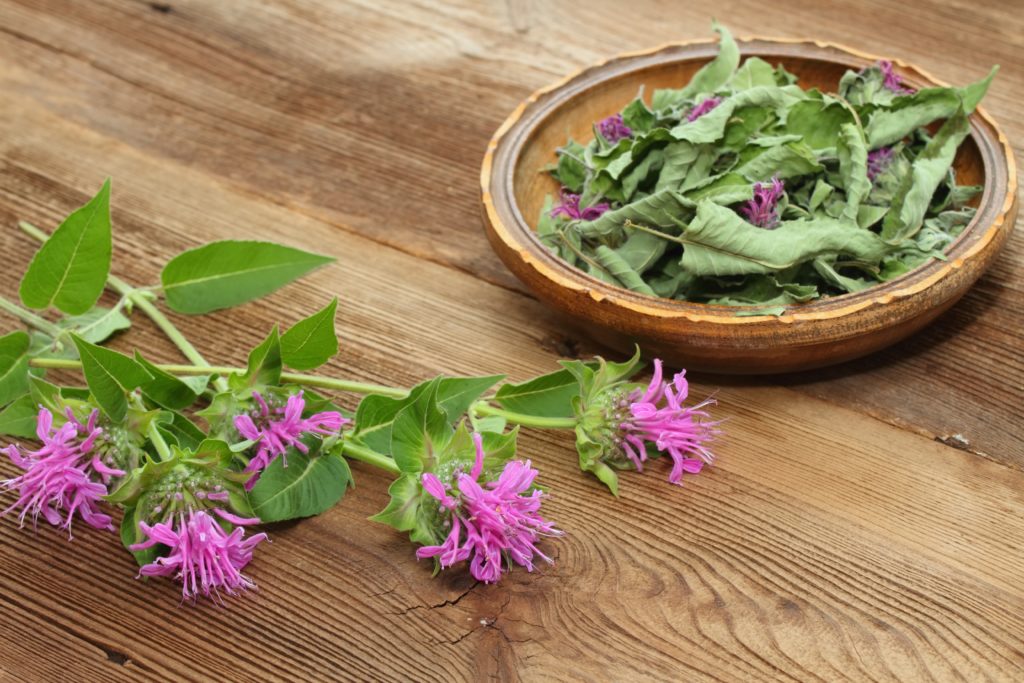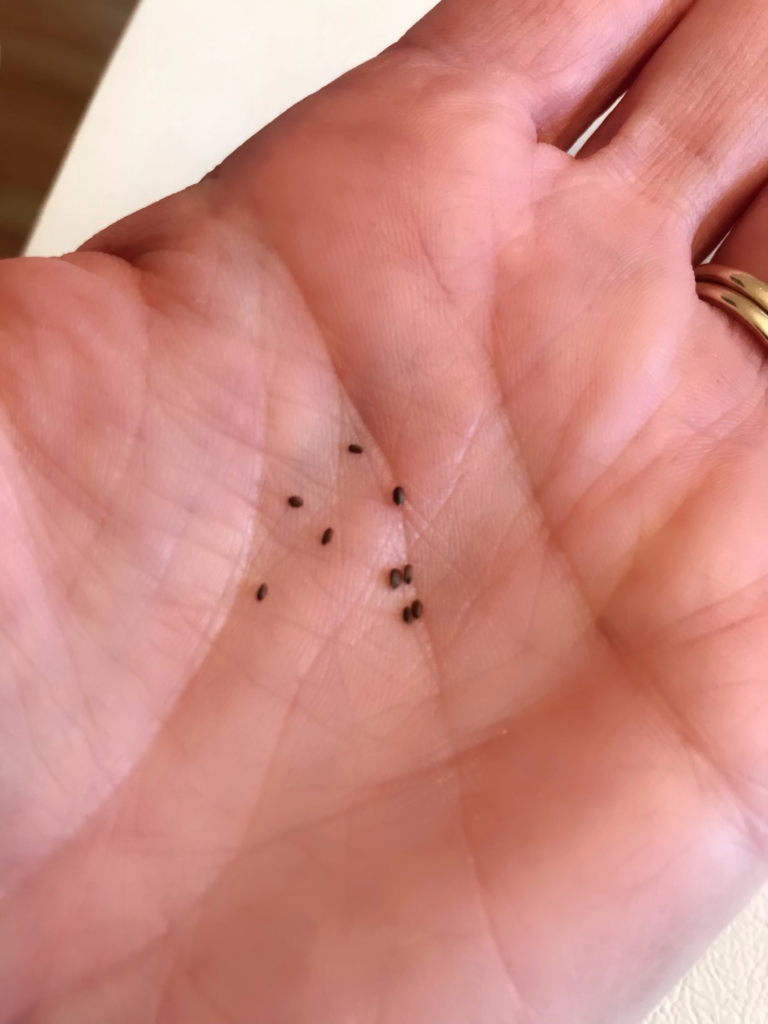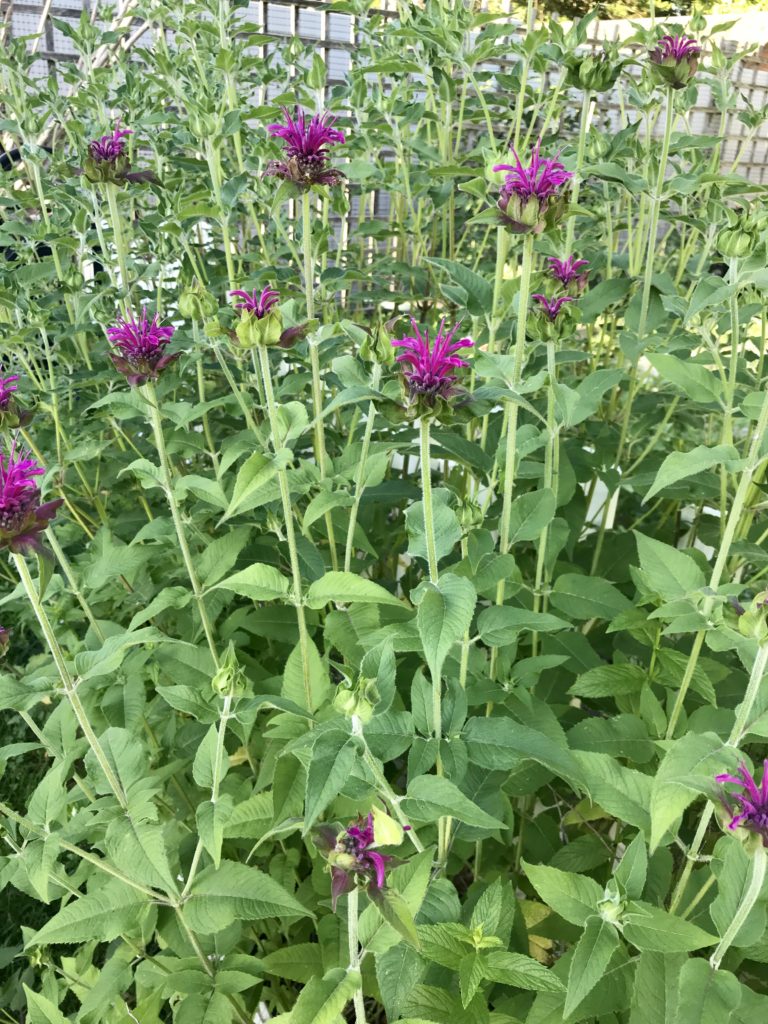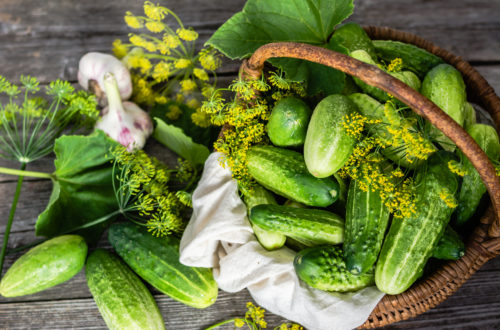Each season, I’m never quite sure if my cucumber crop will cooperate. I’ve tried them in several locations around my garden but this year I spread them out and put them in 2 separate areas; wow…were they happy! They produced so fast, in fact, that it was difficult to keep up with the harvesting so I was in desperate need of a really good pickle recipe! Now, I’ve tried cooked, no-cook, vinegar, no vinegar, long term fermentation, and fast refrigerator pickles, you name it, I’ve tried it. But time after time I was disappointed with the results. Until now…
The secret is in the brine. By cooling the brine, the pickles stay crisp and maintain their texture for significantly longer than using a hot liquid. I’ve found that cooking the cucumbers or adding warm or hot brine over them will reduce the crunch.
Let me know how yours turn out!
Chat Soon…
Ingredients:
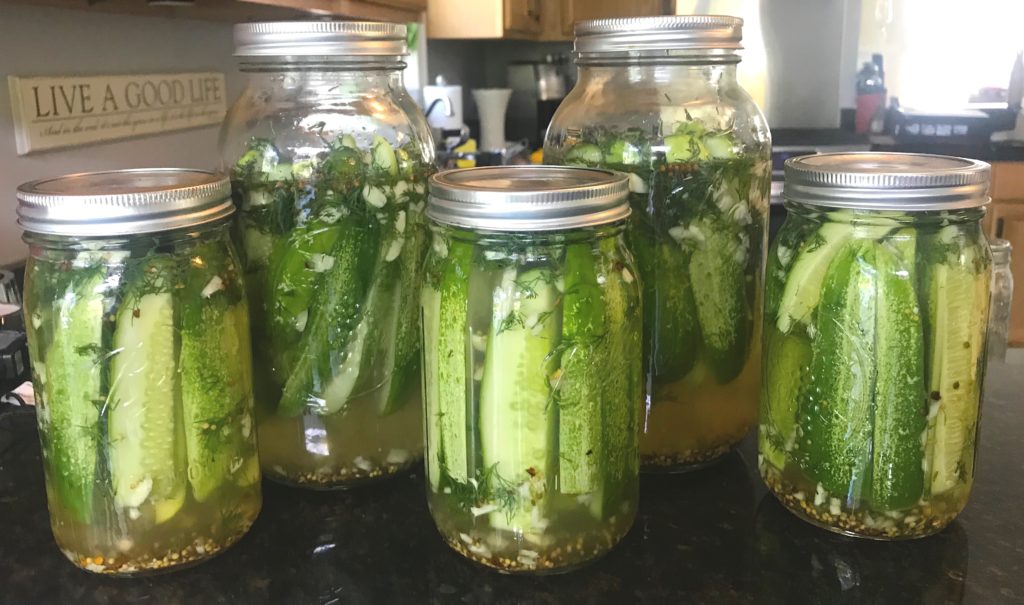
- 1 cup distilled white vinegar
- 2 cups hot water
- 1/4 cup sugar
- 4 teaspoons kosher salt
- 1 teaspoon mustard seeds
- 1 teaspoon coriander seeds
- 3/4 teaspoon dill seeds
- 1-2 teaspoons crushed red pepper flakes (optional to taste)*
- 3/4 cup fresh dill, coarsely chopped
- 6 garlic cloves, smashed and coarsely chopped*
- 2 lbs. kirby cucumbers, cut in spears
Directions:
- Create a brine by combining the vinegar, hot water, sugar, salt, mustard seeds, coriander seeds, dill seeds, and crushed red pepper (if using) in a large heatproof measuring cup. The water should be hot, not boiling.
- Stir until the sugar and salt are dissolved. Let the brine cool.*
- Meanwhile, add the dill and garlic to a 1/2 gallon sized mason jar.*
- Cut the cucumbers in spears and place them in the jars on top of the garlic and dill.
- Once the brine is cool, pour it over the cucumbers being sure to get all of the fabulous spices in there as well and seal the jars tightly.
- Turn the jars over and back a few times to get the garlic, dill, and spices incorporated around the spears.
- Chill in the refrigerator for several days or at least overnight.*
* Tips for making a perfect batch:
- We like a little kick so I typically stay with 1-2 teaspoons but if you prefer a bit more heat, increase by 1/2 teaspoon increments to taste.
- My family happens to love garlic so I’m a bit liberal with the amount. Reduce or add the number of cloves to your taste.
- Brine can be cooled in the refrigerator, stirring occasionally to speed up the cooling time. The brine does not need to be cold, but at least chilled to room temperature is best.
- If using smaller, quart-sized jars, simply divide the dill and garlic among two jars.
- Pickles will hold and stay crisp in the refrigerator for up to 3 or 4 months.
Did you make this recipe? Tag @simplysteeyn on Instagram

